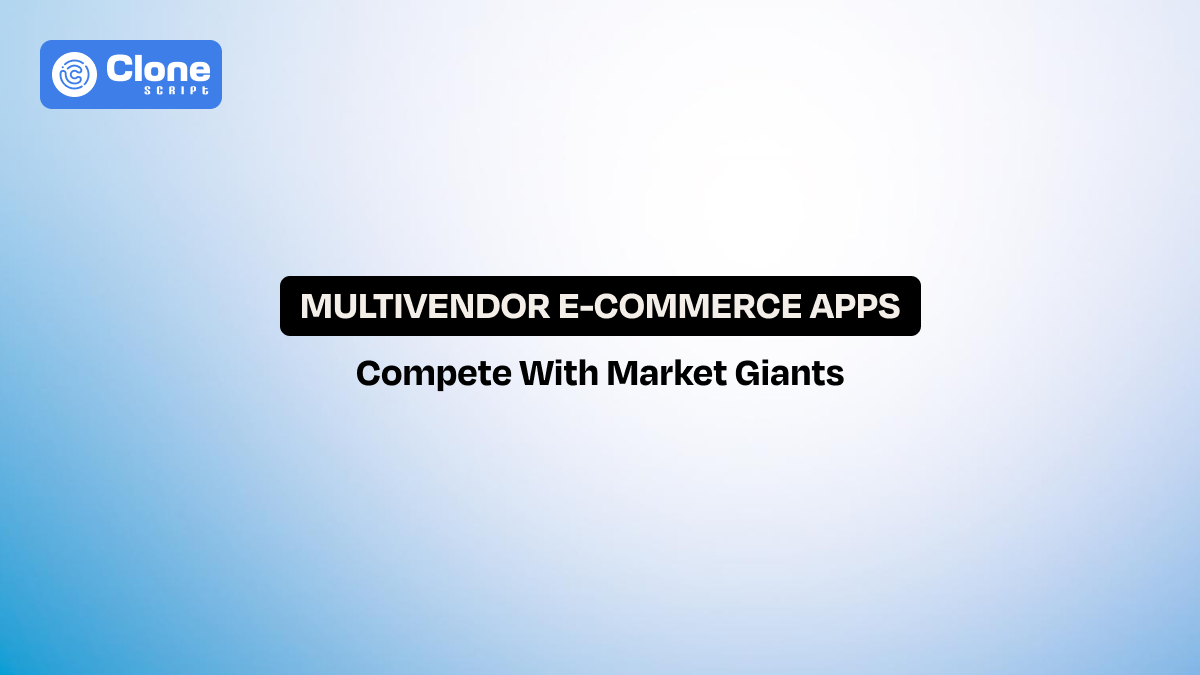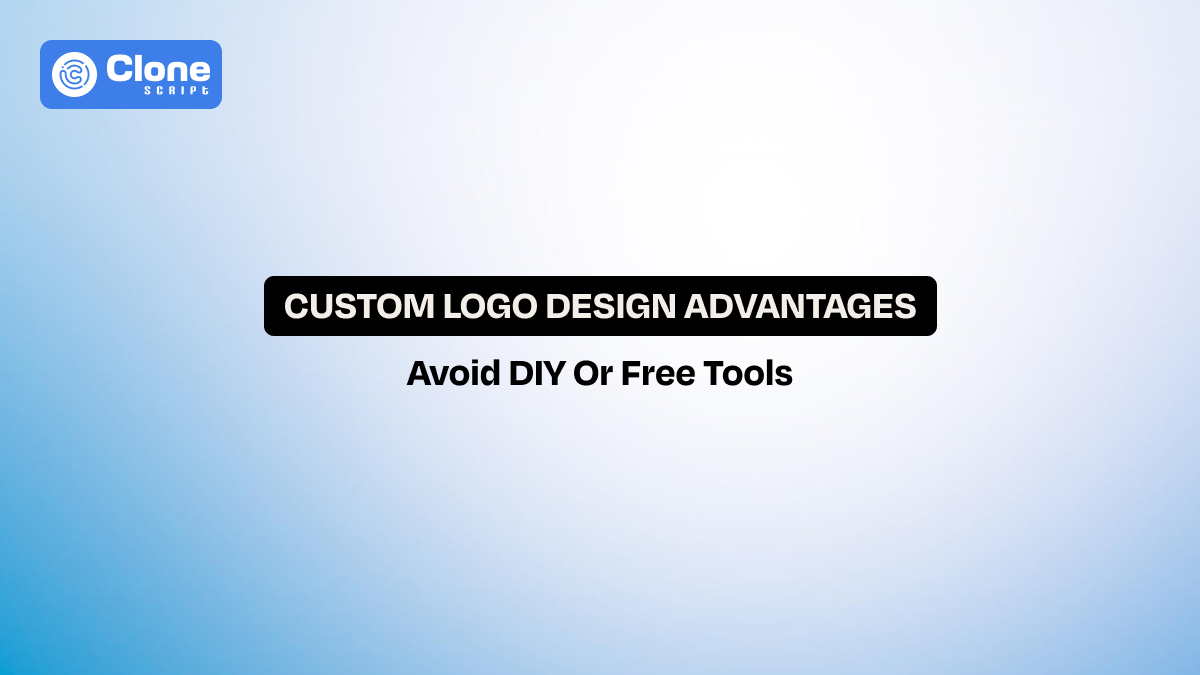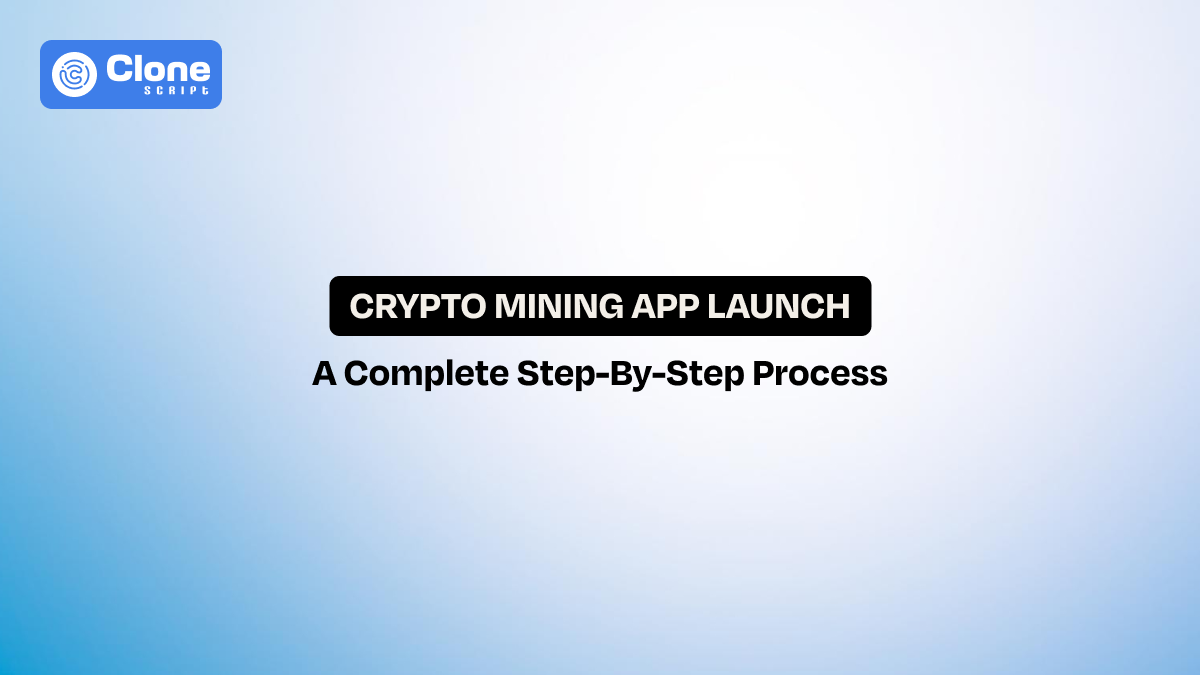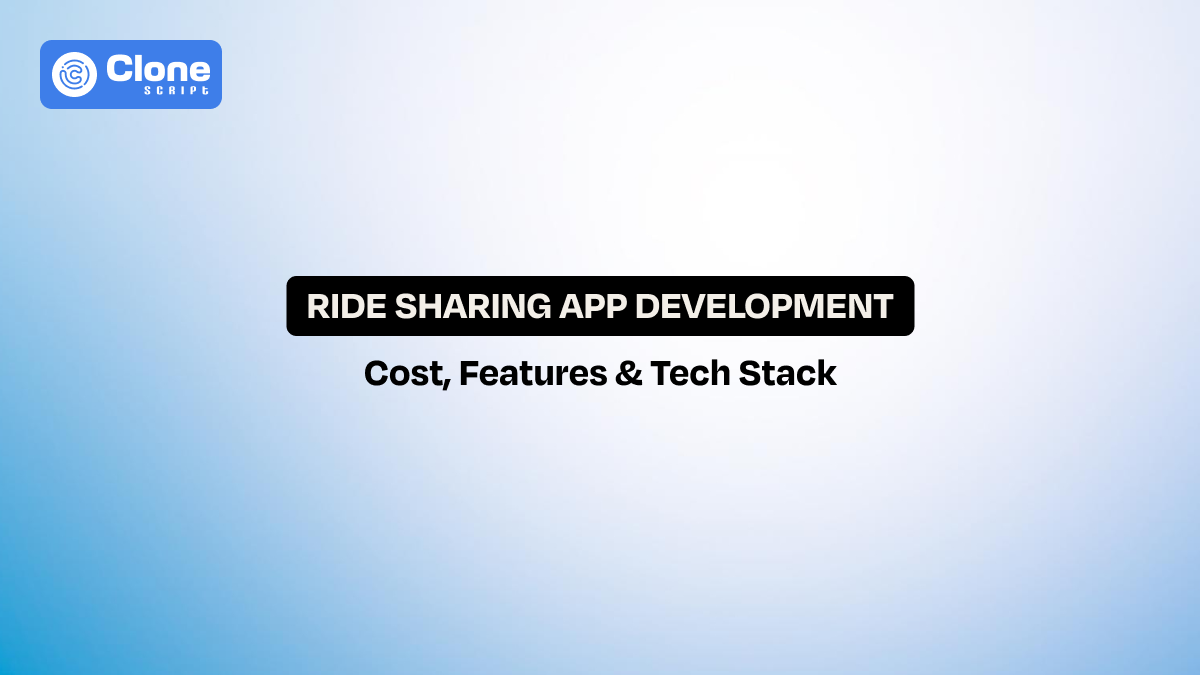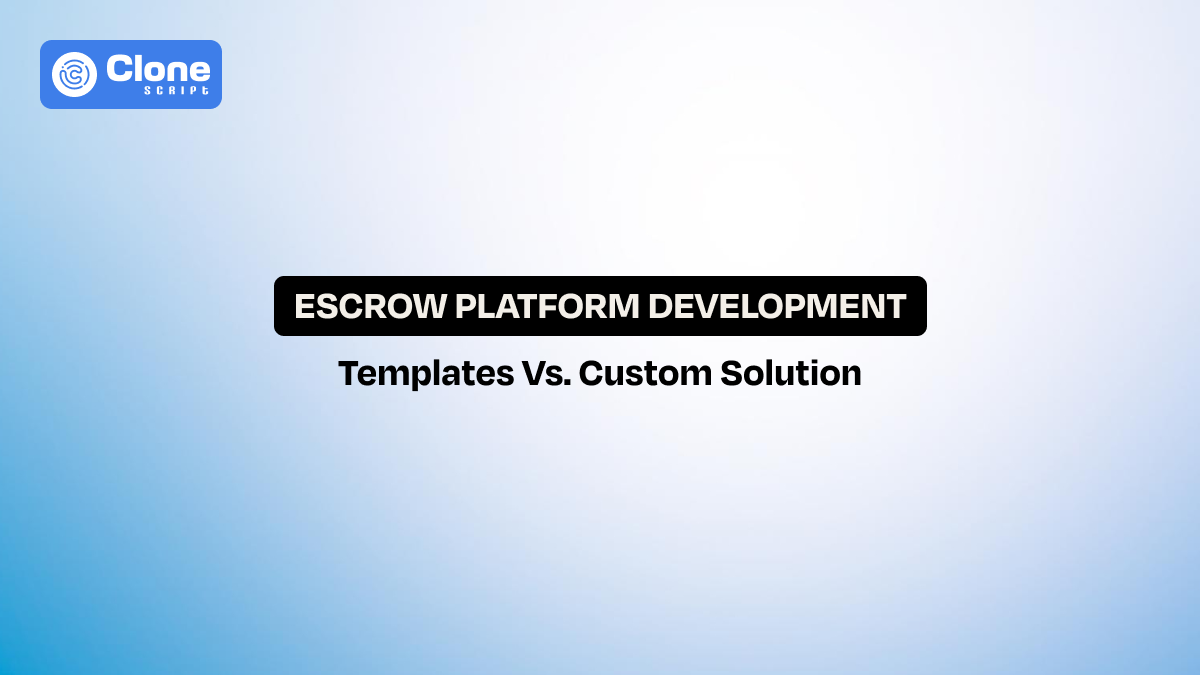How Multivendor Apps Help Small Businesses Compete with Market Giants
Launching an e-commerce marketplace for local businesses to be globally present is very tough to do. The problem is these businesses can’t compete with the bigger brands already available on those marketplaces (e.g., Amazon, eBay, Flipkart, Etsy, IndianMart). There’s also a fact: Developing a complete flow from vendor to customers, adding backend systems, and managing the entire platform needs more attention.
But with the proper planning, strategy execution, and constant monitoring, everything goes smoothly in your favor. Multivendor app development can be the right way to provide a platform to sellers to offer their products to customers without investing in the infrastructure or supply chain management.
It sounds good, right?
In this post, we’re talking about the definition of a multivendor app, the reasons for competing with the bigger brands, and the key benefits, along with the features. Also, we will understand why Flutter app templates are useful to launch the platform without a heavy budget.
What is a Multivendor App?
A multivendor app is a kind of e-commerce platform that allows sellers to register, list products, and sell directly to customers. It is different from a single business app where the control is centralized to a brand, but a multivendor app is made on a shared marketplace ecosystem.
In this kind of application, the features of vendor dashboards, product management, order tracking, and commission handling are helping startups to grow. These platforms are not just listing sites but offer an infrastructure for smooth transactions, secure payments, and real-time inventory updates.
Why Small Businesses Struggle to Compete with Giants?
Even when small businesses offer quality products, competing with established ecommerce giants is no easy task. These challenges are often systemic and require strategic solutions.
-
Limited Budget for Marketing:
Large marketplaces invest heavily in digital marketing, including paid ads, search engine optimization, email campaigns, and retargeting. This constant visibility ensures they remain top-of-mind for customers. Small businesses, however, have limited marketing budgets, making it difficult to attract traffic and build brand awareness.
-
Inventory Challenges:
Managing inventory across multiple product categories is a complex task. Giants use advanced inventory management systems to prevent stockouts, streamline supply chains, and optimize warehouse operations. Small businesses don’t have access to these tools, which can lead to delayed orders, overselling, or inefficient stock management.
-
Higher Operational Costs:
Developing and maintaining a robust e-commerce app requires significant investment in infrastructure, backend development, hosting, and security. For small businesses, building such a platform from scratch can be cost-prohibitive and time-consuming.
-
Limited Customer Reach:
Brand recognition takes years to build, and large marketplaces benefit from their global presence and loyal customer base. Small businesses may struggle to reach new audiences, limiting their sales potential and market growth.
A multivendor e-commerce app addresses these challenges by consolidating resources, providing shared infrastructure, and creating an accessible marketplace where small businesses can reach customers more efficiently.
A mobile app addresses these challenges by creating a shared platform where resources, infrastructure, and traffic are consolidated. Vendors can focus on their products and customer service while using the app’s built-in systems to handle marketing, inventory management, and order processing. This shared ecosystem allows startups to compete more effectively, reach a wider audience, and operate with lower overheads, narrowing the gap with e-commerce giants.
6 Key Benefits of Multivendor Apps for Small Businesses
Here are the multivendor marketplace app key benefits that developers should focus on when building solutions for small e-commerce businesses:
1. Reduced Operational Costs
Instead of each seller building an individual platform, a marketplace app allows multiple businesses to share the same infrastructure. Hosting, maintenance, and development costs are distributed across vendors, making it an affordable e-commerce solution for small business owners.
2. Wider Product Range and Increased Traffic
By hosting multiple vendors, a marketplace naturally expands its product catalog. This attracts more customers and creates cross-selling opportunities. Startups gain exposure to a larger audience without investing heavily in individual marketing campaigns.
3. Streamlined Inventory and Order Management
Integrated dashboards in an e-commerce app allow vendors to manage inventory, track orders, and monitor performance in real-time. This automation reduces manual errors and operational complexities, enabling small businesses to scale efficiently.
4. Competitive Pricing and Market Visibility
Competition among vendors on a single platform encourages competitive pricing while maintaining quality. Businesses can position themselves strategically, focus on niche products, and use marketplace visibility to grow their brand.
5. Revenue Generation Through Commissions
Multivendor apps often implement commission-based models where the platform earns revenue per transaction. Vendors benefit from low upfront costs, while the platform sustains itself financially, a win-win for all parties.
6. Enhanced Customer Trust and Engagement
Features like reviews, ratings, and secure payment integrations create a professional, trustworthy shopping experience. Businesses can compete with larger players by providing excellent service, responsive support, and transparent transactions.
In essence, a multivendor e-commerce app levels the market, allowing small businesses to grow, reach more customers, and operate with the efficiency and professionalism that was once exclusive to market giants.
8 Must-Have Features in a Multivendor E-Commerce App
Take a look at what kind of features make the e-commerce marketplace proper:
1. Vendor Onboarding and Management
A smooth onboarding process allows new sellers to register, verify credentials, and set up their store quickly. Features like KYC verification, document uploads, and a dedicated vendor dashboard make management straightforward and reduce administrative overhead.
2. Product Management
Vendors should be able to add, edit, and categorize products easily. Bulk upload options, product variations, inventory tracking, and pricing management are essential for maintaining an organized catalog.
3. Centralized Order and Inventory Management
An integrated system that tracks orders, updates stock in real-time, and manages shipping ensures operational efficiency. Both vendors and the platform admin should have access to analytics for monitoring performance.
4. Secure Payment Gateway Integration
Support multiple payment options and keep secure, fast transactions. Developers can also integrate escrow-based solutions to build trust between buyers and vendors.
5. Reviews, Ratings, and Customer Feedback
A transparent rating system helps build credibility and encourages vendors to maintain quality standards. Customers can make informed decisions, enhancing trust in the platform.
6. Analytics and Reporting
Real-time reports on sales, customer behavior analysis, and inventory management help vendors and admins to make data-driven decisions. This feature is ideal for scaling small business e-commerce operations.
7. Notifications and Alerts
Push notifications for order updates, promotions, or product alerts keep both vendors and customers informed to improve engagement and satisfaction.
8. Admin Panel
A robust admin panel allows platform owners to manage vendors, approve products, set commissions, and monitor platform performance—all in one place.
Including these features in an e-commerce app ensures that small businesses have the tools they need to compete with market giants while maintaining a smooth, scalable, and cost-effective platform.
How Flutter Multivendor App Levels the Playing Field?
For small businesses, adopting a multivendor e-commerce app is only effective if the platform is fast, scalable, and user-friendly. This is where Flutter shines as a development framework, enabling developers to deliver high-performance apps efficiently.

1. Cross-Platform Development
Flutter allows developers to build a single codebase that runs on both Android and iOS. This reduces development time and cost. It means startups and small businesses have the platform ready to list their products and start selling without compromising on quality.
2. Smooth and Responsive UI
Flutter’s customizable widgets allow developers to create visually appealing, interactive, and responsive interfaces. A Flutter e-commerce app ensures a seamless shopping experience, making the platform competitive with larger marketplaces.
3. Cost-Efficient and Scalable Solution
Developing native apps for multiple platforms can be expensive. Flutter minimizes these costs while supporting future scalability. As the business grows, adding new features or expanding the vendor base becomes easier.
4. Third-Party Integrations
Flutter supports easy integration with payment gateways, analytics tools, shipping providers, and marketing APIs. This flexibility allows small businesses to offer a full-featured ecommerce experience without heavy infrastructure investments.
5. Ready-Made Templates for Faster Deployment
Using a multivendor e-commerce template, Flutter developers can accelerate app development while including essential features like vendor dashboards, order tracking, secure payments, and product management. Templates provide a strong foundation, reducing time to market and development risks.
By using Flutter, developers can build an online marketplace for startups that combines affordability, performance, and usability. This level supports giving small businesses the technological edge to compete with larger e-commerce players while maintaining operational efficiency.
Conclusion
Through the marketplace app solution, small businesses can compete with the big brands by offering valuable products and services to customers. With advanced features and security, developing the next Amazon and eBay is easy using the Flutter framework. After all, growing with a limited budget and making the local brand a global one, it’s about staying competitive.
FAQs
- Can I choose an e-commerce clone app for the marketplace launch?
Yes. Clone apps are ideal to launch the platform based on the proven model with branding customization. The Etsy clone app is a prime example of making an application for sellers and buyers.
- What tech stack is best for building a multivendor ecommerce app?
A popular tech stack includes Flutter for the frontend, Node.js or Laravel for the backend, and Firebase or MySQL for the database. Flutter provides cross-platform support, while robust backend frameworks ensure scalable, secure architecture.
- How can small businesses market their products on a multivendor app?
Small businesses can use built-in marketing tools like discount coupons, product spotlight features, push notifications, and integration with social media platforms. Multivendor apps often include SEO-friendly product pages and analytics to optimize marketing strategies.
- How does a multivendor app handle disputes between sellers and customers?
Most multivendor apps include a built-in dispute management system where the admin can review complaints, communicate with both parties, and resolve conflicts fairly. Some solutions also integrate third-party escrow services to secure transactions.
- What are the challenges in developing a multivendor ecommerce app?
Key challenges for e-commerce app development include designing a scalable architecture, ensuring real-time inventory synchronization, managing vendor commissions, implementing secure payments, and providing a smooth user experience across devices. Developers must carefully handle these to avoid future issues.
- What role does the admin play in a multivendor marketplace app?
The admin manages the entire platform—approving vendor registrations, monitoring products, setting commission rates, handling disputes, and analyzing sales data. A well-designed admin panel simplifies managing multiple vendors and ensures smooth operations.
 BTC - Bitcoin
BTC - Bitcoin
 USDTERC20 - USDT ERC20
USDTERC20 - USDT ERC20
 ETH - Ethereum
ETH - Ethereum
 BNB - Binance
BNB - Binance
 BCH - Bitcoin Cash
BCH - Bitcoin Cash
 DOGE - Dogecoin
DOGE - Dogecoin
 TRX - TRON
TRX - TRON
 USDTTRC20 - USD TRC20
USDTTRC20 - USD TRC20
 LTC - LiteCoin
LTC - LiteCoin

